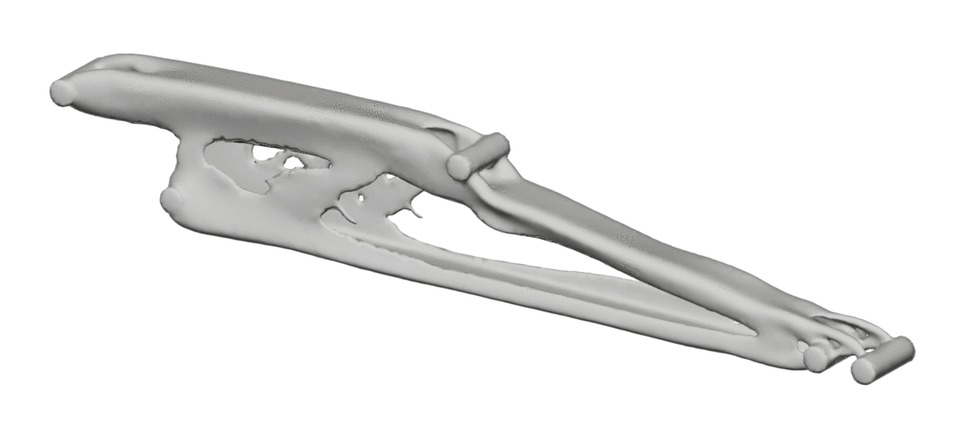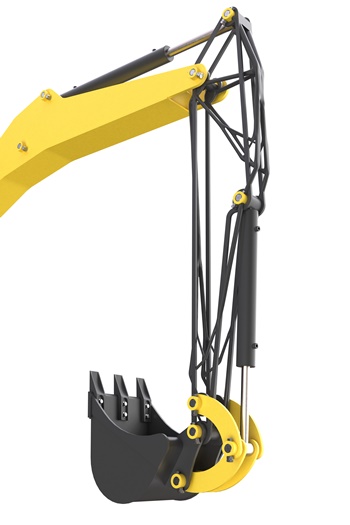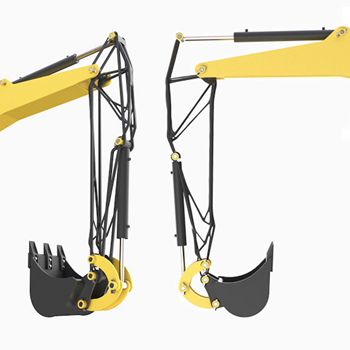John Deere Excavator Arm
In order to explore the full potential of generative design we have conducted a study on a 245G LC john deere excavator arm without any restriction in terms of preserved geometry, desired weight, standardization, and structural limitations.
Our aim was to lightweight the part while maintaining the same structural integrity in terms of resistance, lifting power, working feasibility, and factor of safety, compared to the original design.



